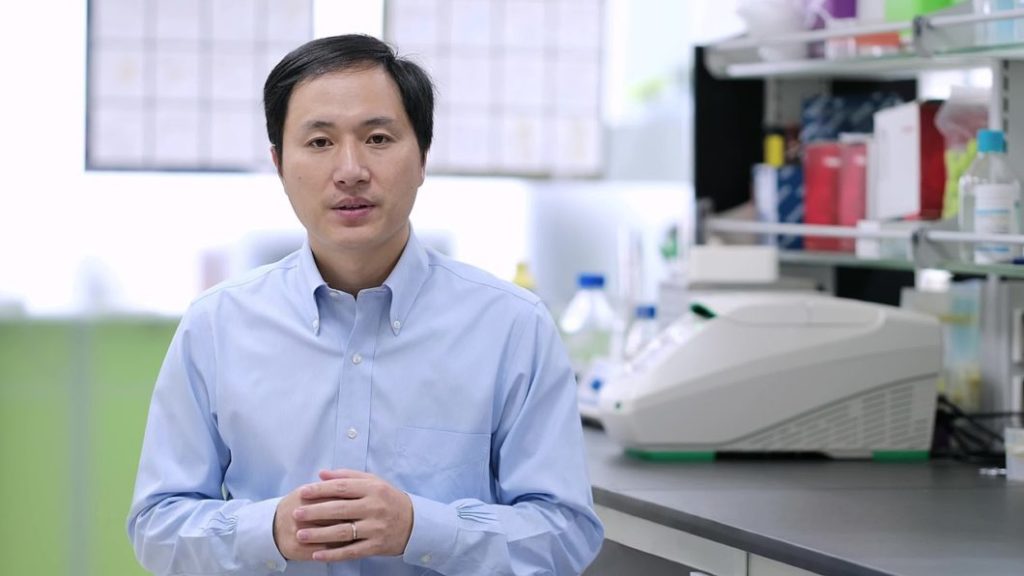CRISPR Storygrams
The Storygram series, in which professional writers annotate award-winning stories to illuminate what makes a great science story great, is a joint project of The Open Notebook and the Council for the Advancement of Science Writing. It is supported by a grant from the Gordon and Betty Moore Foundation.
When a Chinese scientist named He Jiankui revealed in November 2018 that twin babies had been born with genes he had edited using CRISPR gene-editing technology, science reporters jumped on the story.
The birth of gene-edited babies was perhaps inevitable, but no one expected it to happen this soon. Only four years ago there was an uproar about gene editing experiments in nonviable human embryos, and governments and scientific coalitions worked on regulations that would halt such work until the ethical and risk considerations could be better understood.
Any breaking news story carries reporting challenges, including the need to verify what happened and to find appropriate sources to weigh in on a tight deadline. Covering breaking news in science adds another layer of difficulty, requiring describing complex technical material for a general audience. And a controversial subject adds another demand—that of balancing voices of critics and proponents of the event.
In this Storygram, we depart from our usual format to look closely at not one but two stories, one by Marilynn Marchione for The Associated Press and the other by Antonio Regalado for MIT Technology Review, that reported the CRISPR-babies news in the U.S. Both stories explore the top-level ethical concern—that editing human embryos means altering those babies’ offspring and future generations. And they carefully unpack underlying layers of ethical concerns, including examining experts’ views of whether the benefits of the procedure outweigh the risks for the people involved.
For U.S. audiences, the CRISPR-babies story added an element of foreignness, with Chinese language, culture, and scientific regulations presenting additional challenges. A key hurdle was verifying whether the procedure actually happened as claimed, which turned out to be impossible to nail down.
With reporting challenges like that, it’s important to show readers how you know what you know, which both Regalado and Marchione do expertly. Read on to learn more about what makes both stories powerful.
Storygram: Antonio Regalado’s “Exclusive: Chinese Scientists Are Creating CRISPR Babies”

Storygram: Marilynn Marchione’s “Chinese researcher claims first gene-edited babies”


